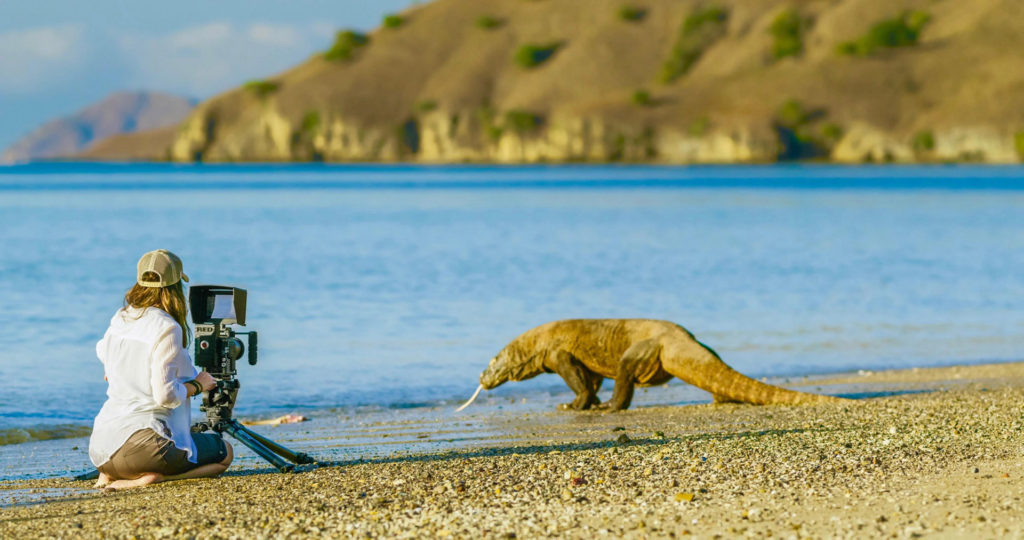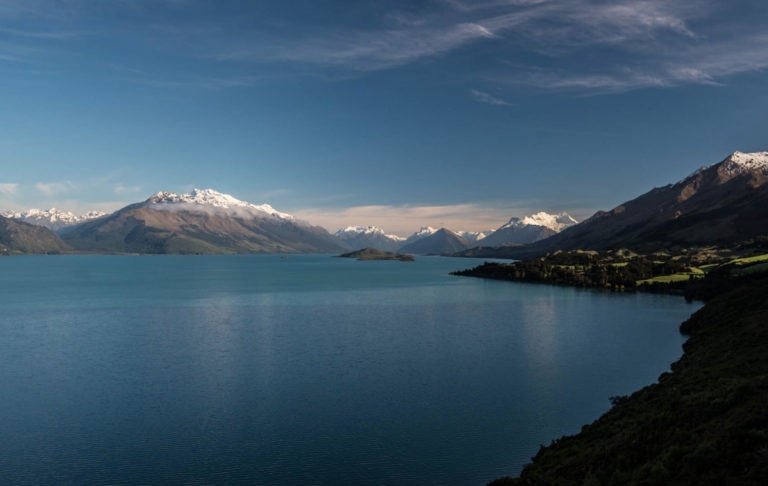Interview: Shannon Wild, Nat Geo Photographer
A select few are chosen to become National Geographic photographers and documentarists…one of these pros is Shannon Wild. The photographer recently gave a lecture as part of the Nat Geo series at the Broad stage in Santa Monica.
National Geographic Photographers

She revealed dangerous encounters, while sharing her love of the wildlife photography. It was a fantastic presentation, complete with slides and film. It gave the audience a birds eye view to something most of us would never experience in our lifetime. I managed to secure an interview with her.

How it All Began
Q: How did this journey begin for you?
A: I started out taking photos of my pet reptiles as a hobby and eventually created a pet photography business called Wet Nose Fotos. This allowed me to transition from working as a graphic designer into animal photography full time, which also led to focus specifically on wildlife photography and then filming.

Q: When did you know that you wanted to photograph wildlife?
A: I’ve always been fascinated by all animals, not just the cute and fluffy ones. Growing up I knew I wanted to somehow work with animals, but I didn’t set out to become a photographer or filmmaker. I worked as a graphic designer for many years while volunteering as a wildlife carer and started taking photos as a hobby and quickly fell in love with it…the rest is history.
Assignments
Q: Roughly how many assignments have you done and where were some of the highlights since 2004?
A: I’ve lost count over the last 16 years and my assignments have varied from conservation shoots, wildlife series, feature length documentaries and commercial campaigns. Having the chance to spend 18 months with the Black Panther is certainly hard to beat, but I’ve also been lucky enough to document Komodo Dragons, Polar Bears, Gorillas to name just a few stand out experiences.

Q: Of all the places that you have traveled to across the globe, which was your favorite? And why?
A: It’s so incredibly difficult to choose just one, but one of the most incredible places I’ve been fortunate enough to visit many times is Madagascar. It is very unique and full of endemic species found no where else.

Q: I’ve read that photographing the black panther was your most challenging assignment to date. Why is that?
A: The Black Panther is such an elusive cat and being the only one in 250 square miles of extremely dense forest meant it was a constant challenge to find him. Our only means of tracking him was through learning his behavior and trying to predict where he might turn up next.

The Process
Q: What is your favorite part of the process?
A: I adore being in the field and really enjoy being surrounded by nature, but nothing compares to the moments when I get to actually witness the animal I’m trying to film and being able to successfully capture their natural behavior.
Q: What is your least?
A: It depends on the assignment, but having to file and log so much footage is not the fun part!
Q: How long are you out there in the field?
A: This project was approximately 18 months in the field and we needed every moment of it! Often we don’t get that much time in the field, due to budget or deadline constraints. Being such a rare and elusive animal, we needed as much time as possible to film the Black Panther and could easily have spent more time if we had the chance.

Wild Fires
Q: You must be very concerned with the wild fires in Australia? Are you familiar with the area that has been affected? Was it close to where you grew up?
A: It’s truly devastating and it’s hard not to feel helpless when it’s on such a massive scale. I am familiar with the regions, but thankfully it isn’t close to where my family is based and they are safe.
Q: What can the public do NOW to support the relief funds of Australia?
A: Donating to legitimate organizations that are on the ground and actively helping is the most important thing right now and for the recovery process. Whether you choose to donate to wildlife or human related causes, every little bit helps. So don’t underestimate how important a small contribution can be. I am running a raffle of one of my limited edition wildlife prints, which ends January 31st and am donating 100% of profits to two wildlife care organization that I am familiar with WIRES and Wildlife Victoria.
Find out more about the artist on her website – https://shannonwild.photoshelter.com/
Shannon Wild’s work is represented by National Geographic Image Collection. Visit the Broad Stage Website for additional info – https://broadstage.org





